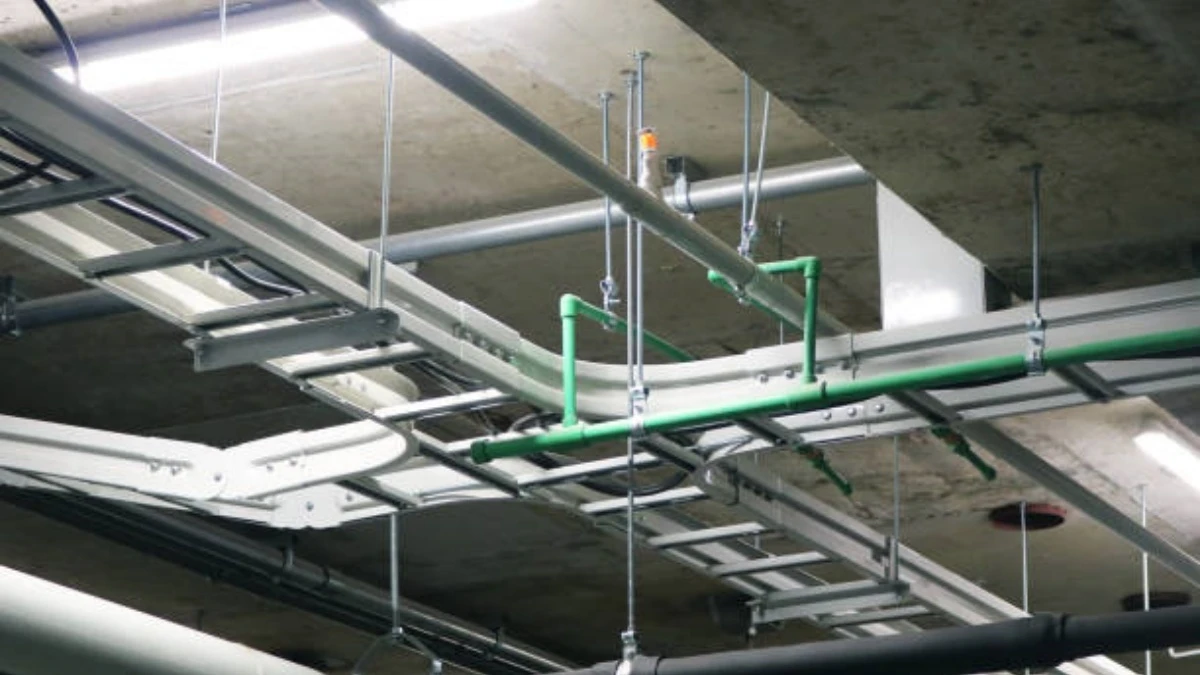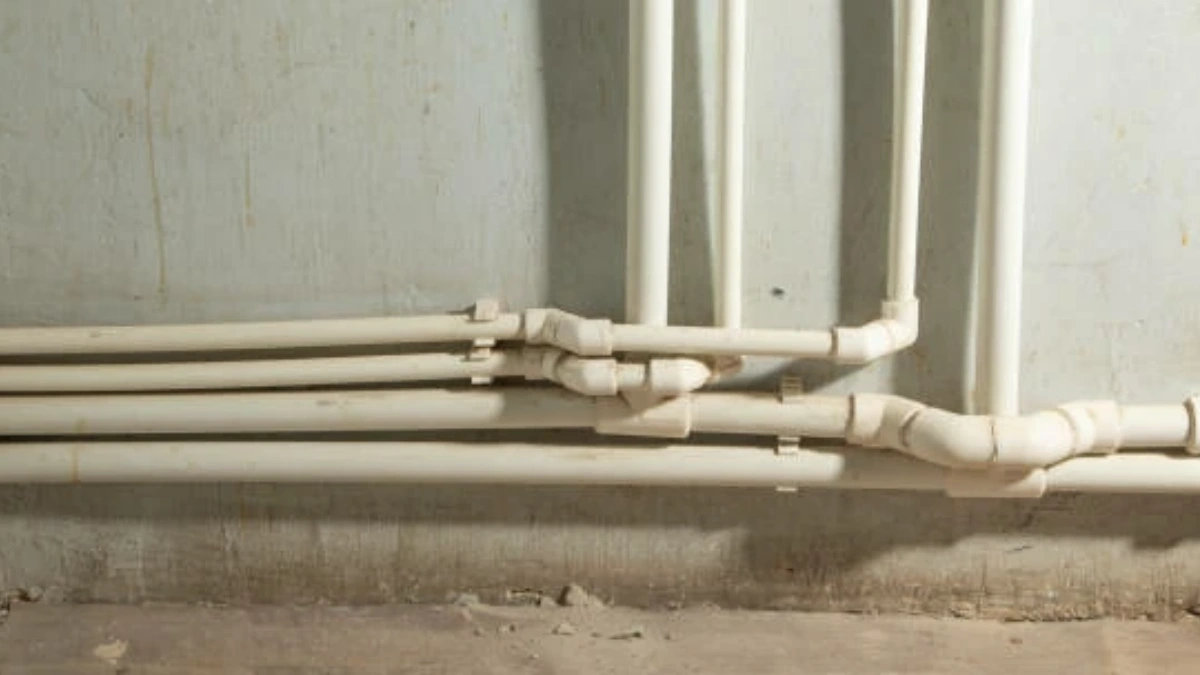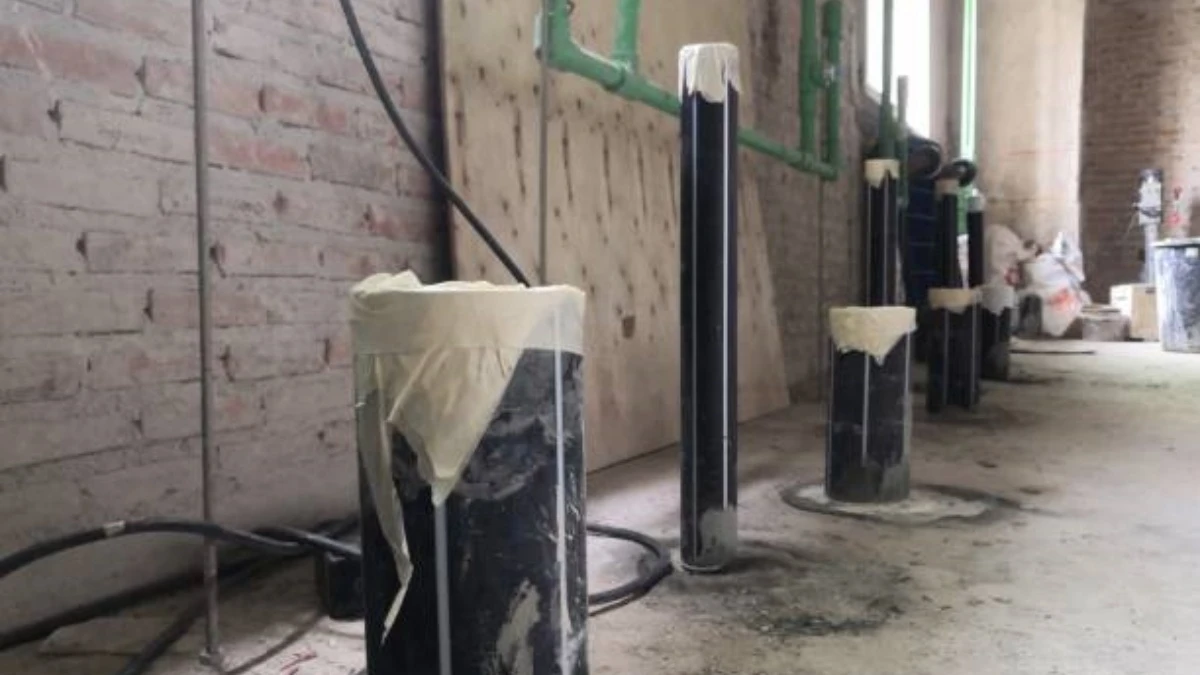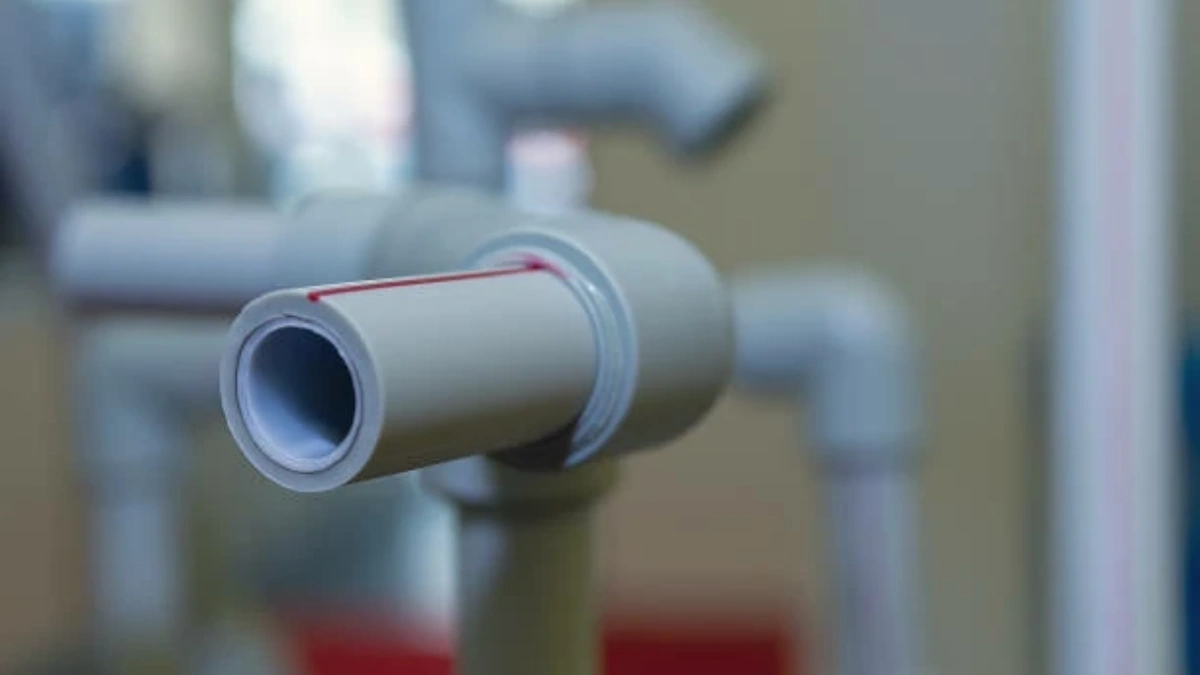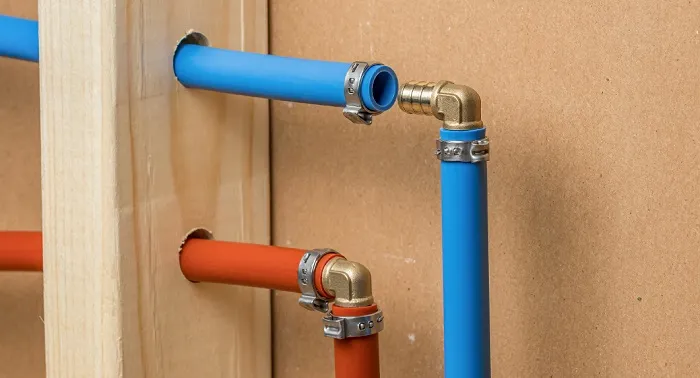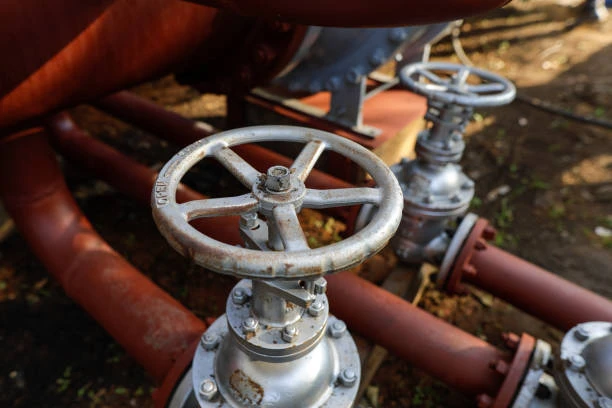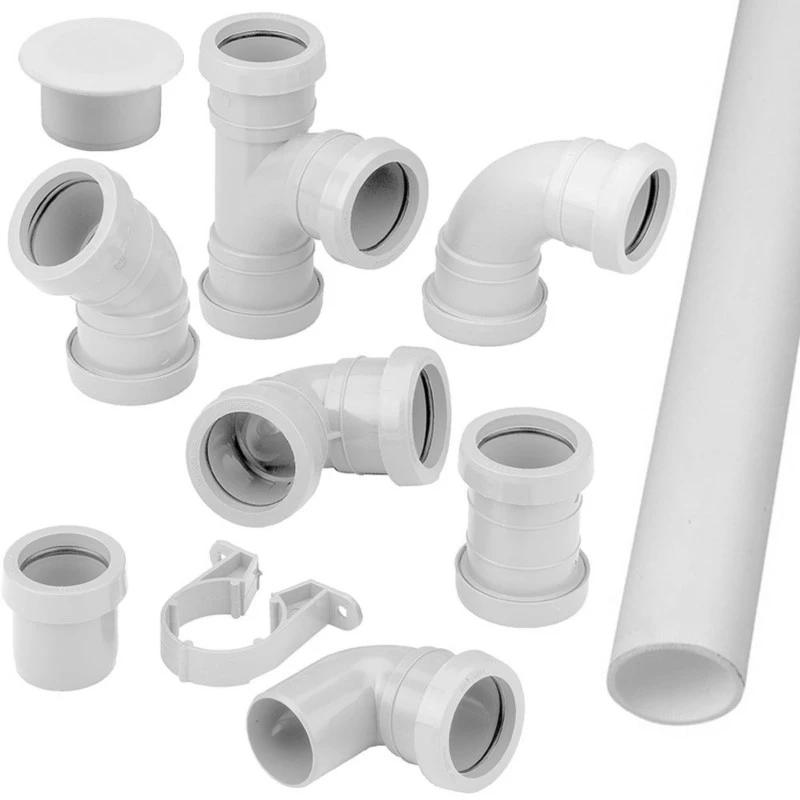
Advantages of Using PVC
PVC is lightweight, resistant to corrosion, and affordable.
Understanding PVC Pipes
Types of PVC Pipes
Schedule 40 vs. Schedule 80
Schedule 40 pipes are standard for most residential applications, while Schedule 80 pipes have thicker walls and are ideal for higher pressure environments.
Key Features of PVC Pipes
PVC pipes are resistant to rust and corrosion, lightweight, and easy to install. These features contribute to their long lifespan and reliability in various environments.
Exploring PVC Fittings
Common Types of PVC Fittings
Tees
Tees create branches in your plumbing system, allowing fluid to flow in multiple directions.
Couplings
Couplings connect two lengths of pipe, ensuring a smooth transition without interrupting flow.
Caps and Plugs
Caps seal the ends of pipes, while plugs block openings, preventing leaks and protecting the interior.
Benefits of Using PVC Pipes and Fittings
Durability
PVC is highly resistant to wear, chemicals, and corrosion, making it a durable option for a variety of applications.
Cost-Effectiveness
Typically, PVC is less expensive than metal alternatives, providing a budget-friendly solution without compromising quality.
Easy Installation and Maintenance
PVC Pipe and PVC Fittings Explained lightweight nature makes it easy to handle and install, while its low-maintenance requirements save time and money over the long term.
Applications of PVC Pipes and Fittings
Industrial Applications
In industrial settings, PVC is used for various piping needs, including chemical processing and manufacturing systems.
Agricultural Uses
PVC pipes are also widely used in agriculture for irrigation systems and water distribution.
Conclusion
Their durability, cost-effectiveness, and ease of use make them ideal for a wide range of applications. Whether you’re a DIY enthusiast or a professional, PVC products can meet your needs effectively.
FAQs
Are PVC pipes safe for drinking water?
Yes, PVC Pipe and PVC Fittings that meet industry standards are safe for transporting drinking water.
Can PVC withstand high temperatures?
PVC can handle moderate temperatures but is not suitable for very hot water.
How do I install PVC pipes and fittings?
Use a pipe cutter to measure and cut, apply solvent cement to the edges, and join the pieces securely.
What should I do if a PVC pipe leaks?
Identify the leak, clean the area, and apply PVC repair tape or replace the section if necessary.
How do I clean PVC fittings?
Use mild soap and warm water to clean PVC fittings, avoiding harsh chemicals that could damage the surface.







